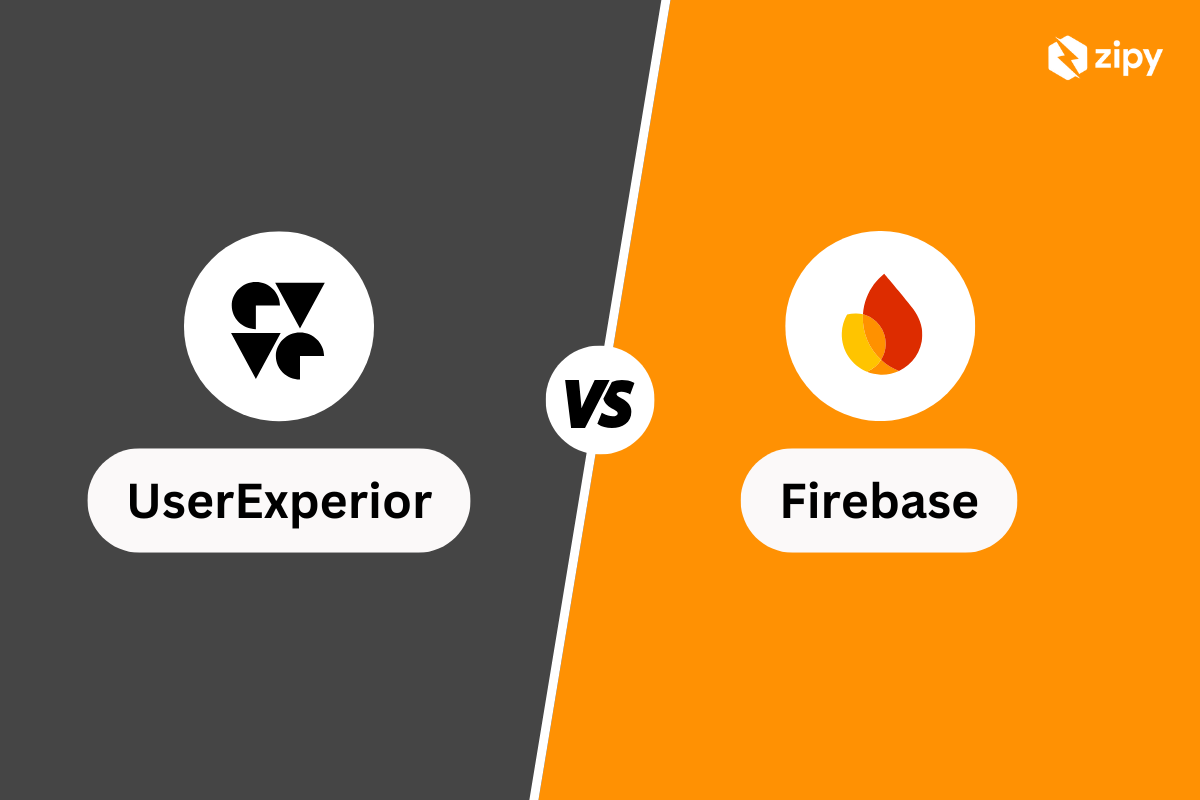Introduction
Encountering a Type Error in your Svelte application can feel like stumbling in the dark if you're unsure of the cause or solution. These errors, often cryptic at first glance, can significantly hinder progress. This article shines a light on common Svelte Type Errors, offering clarity and solutions to get you back on track. Whether you're a seasoned JavaScript developer or new to Svelte, you'll find valuable insights here.
Catch errors proactively with Zipy. Sign up for free!
Try Zipy now
Understanding Type Error in Svelte
Type Errors in Svelte typically occur when the type of a variable or an object does not match the expected type. This mismatch can lead to unexpected behavior or runtime errors, disrupting the user experience. Let's delve into how these errors manifest and how you can adeptly address them.
Scenario 1
Error code
<script>
let userAge = '25'; // This should be a number, not a string
$: if (userAge < 18) {
console.log('Underage');
}
</script>
Corrected code
<script>
let userAge = 25; // Corrected to a number type
</script>
Solution Summary
In this scenario, the Type Error arose because userAge was mistakenly assigned a string value, while the logical comparison expected a number. Correcting the data type resolved the error.
Scenario 2
Error code
<script>
let userDetails = { name: 'Jane', age: 30 };
console.log(userDetails.phone.length); // phone property does not exist
</script>
Corrected code
<script>
let userDetails = { name: 'Jane', age: 30, phone: '123-456-7890' }; // Added missing property
</script>
Solution Summary
Attempting to access a property that doesn't exist on an object will throw a Type Error. Ensuring all necessary properties are defined and accessed correctly avoids this issue.
Scenario 3
Error code
<script>
import { writable } from 'svelte/store';
const count = writable('0'); // Incorrectly initializing with a string
</script>
Corrected code
<script>
import { writable } from 'svelte/store';
const count = writable(0); // Corrected to initialize with a number
</script>
Solution Summary
Stores in Svelte are powerful, but initializing them with the wrong data type can cause unexpected Type Errors. Always ensure the initial value matches the expected type for the store's usage.
Handling Type Error in Svelte
Understanding and correcting Type Errors in Svelte hinges on ensuring data types align with expectations. JavaScript's dynamic nature offers flexibility but requires vigilance to prevent type mismatches that lead to errors.
Proactive Error Debugging with Zipy
While the strategies outlined provide a solid foundation for addressing Type Errors in Svelte, proactive error monitoring can elevate your debugging process. Tools like Zipy offer real-time insights into runtime errors, coupled with user session replay capabilities, making it easier to pinpoint and resolve issues before they impact users.
Debug and fix code errors with Zipy Error Monitoring.
Sign up for free
Conclusion
Type Errors in Svelte, while daunting, are manageable with the right approach. Understanding the errors, applying the solutions provided, and leveraging tools like Zipy for proactive debugging can significantly enhance your development workflow and application stability.
Resources on how to debug and fix Svelte errors
- 11 common Svelte errors and their solutions: A complete guide to error handling in Svelte
- Svelte Debugging, Error Handling and Performance Monitoring
- How to handle Svelte ReferenceError?
- How to handle Svelte Syntax Error?
- How to handle Svelte Event Handling Errors?
- How to handle Svelte Component Lifecycle Errors?
- How to handle Svelte Undefined Variable in Template Error?
- How to handle Svelte Transition Errors?
- How to handle Svelte Store Errors?
- How to handle Svelte Routing Errors?
- How to handle Svelte Promise Rejection Errors?
- How to handle Svelte DOM Manipulation Errors?
Frequently Asked Questions
How do I identify a Type Error in Svelte?
Look for runtime errors indicating a mismatch in expected and actual data types, often highlighted in console logs during development or testing phases.
Can Type Errors in Svelte affect application performance?
Yes, unresolved Type Errors can lead to inefficient code execution, potential crashes, and a degraded user experience.
What's the best practice for preventing Type Errors in my Svelte project?
Ensure consistent data types across your application, use TypeScript for static type checking, and leverage linting tools to catch errors early.
Are Type Errors common in Svelte applications?
Like any JavaScript framework, Svelte applications can encounter Type Errors, especially without proper type checks and balances in place.
How does Zipy help in managing Type Errors in Svelte?
Zipy offers proactive error monitoring and user session replay, allowing developers to understand the context of errors and fix them efficiently.
Key takeaways
- Ensuring Correct Data Types: Always match variable and object property types with their intended use to prevent Type Errors.
- Defining Object Properties: Avoid accessing undefined properties by ensuring objects are complete and correctly structured.
- Initializing Stores Properly: When using Svelte stores, initialize them with values matching the expected type to avoid errors.
- Proactive Error Monitoring: Tools like Zipy can significantly aid in identifying and resolving Type Errors by providing real-time error insights and user session replays.
.svg)





.png)





.webp)